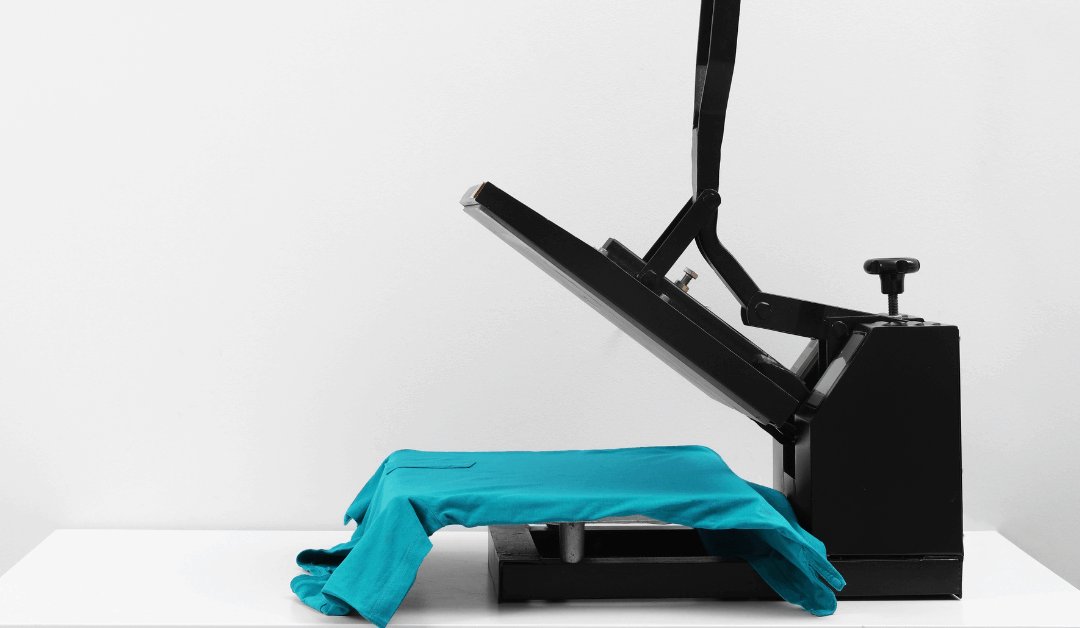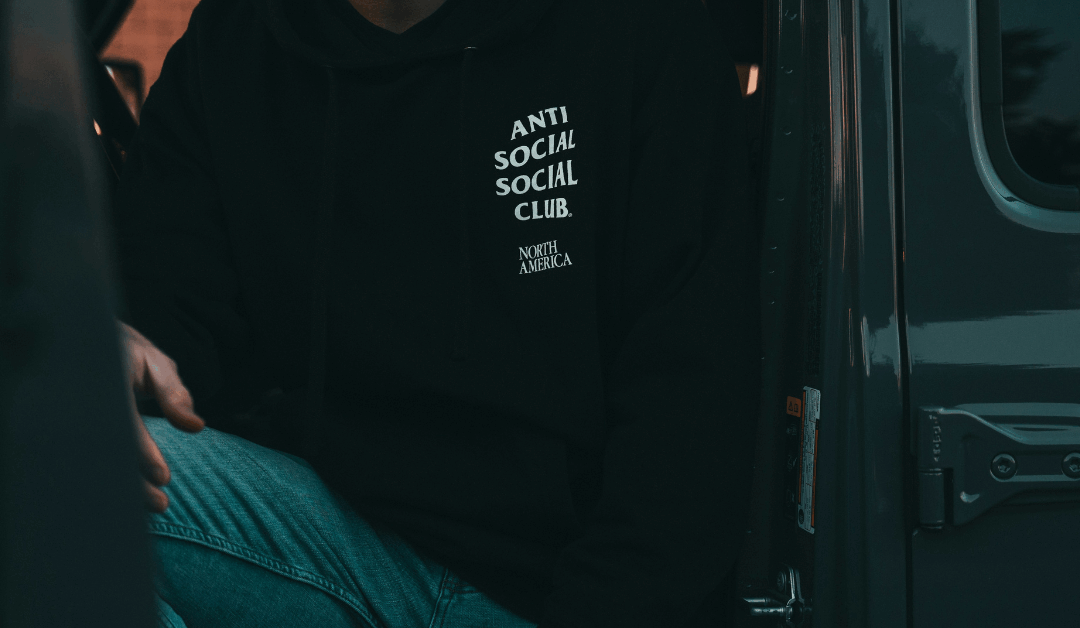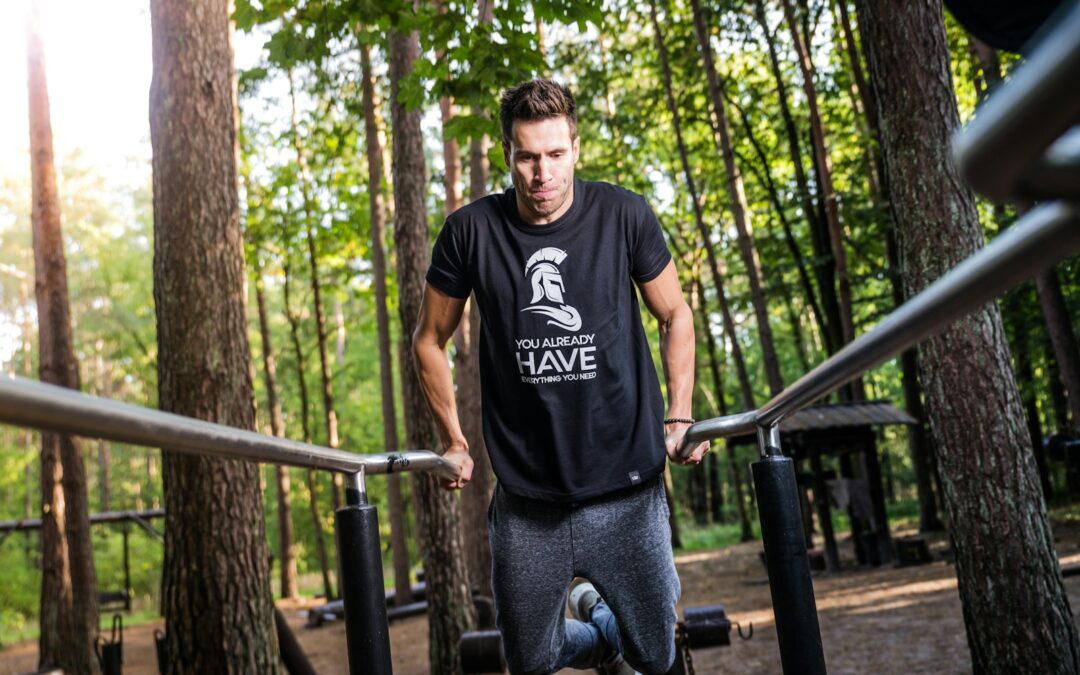Tie dye shirts have surged from nostalgic hippie fashion to mainstream custom apparel gold mines. Small business owners and creative entrepreneurs are discovering that combining traditional tie-dye techniques with modern DTF transfers creates unique, high-margin products that customers love. The amazing colors and fantastic quality of these shirts make them visually stunning and a favorite among buyers.
This comprehensive guide explores everything you need to know about creating vibrant tie dye shirts and leveraging DTF transfers to expand your product offerings. Whether you’re a craft enthusiast looking to start a side business or an established apparel company seeking fresh revenue streams, you’ll learn practical techniques that deliver professional results. Here, you can find unique tie dye shirts and DTF transfers to match your personal style.
The beauty of this combination lies in its accessibility. Traditional screen printing requires expensive equipment and large minimum orders, but DTF transfers eliminate these barriers while maintaining exceptional quality. You can create custom designs on any fabric, from a cotton tee to hoodies, with no setup fees or minimums.
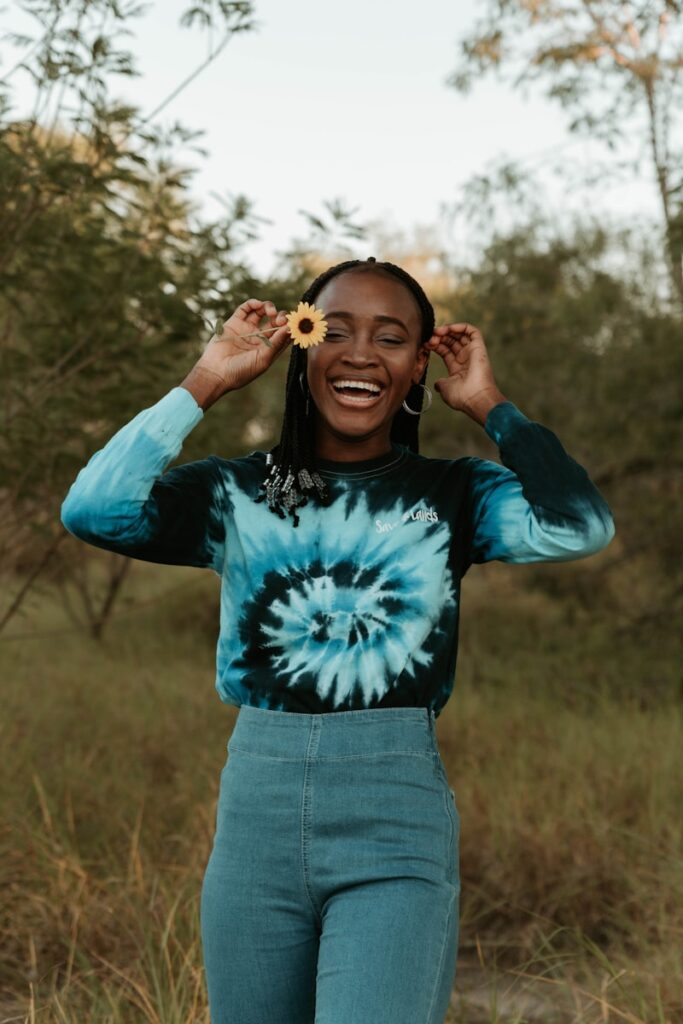
Photo by Benigno Hoyuela on Unsplash
The Art of Tie-Dye Powder: A Step-by-Step Guide
Creating professional-quality tie dye shirts requires the right materials, proper technique, and attention to detail. Let’s break down the process into manageable steps that deliver consistent, vibrant results.
Tie-dye is a timeless form of self-expression and art, celebrated for its unique patterns and creative possibilities.
What You’ll Need
Before diving into the creative process, gather these essential supplies:
Basic Materials:
- 100% cotton shirts or natural fabric garments (available in a variety of sizes, including adult and youth options)
- Fiber reactive dye powder (Procion MX dyes work best)
- Soda ash (sodium carbonate)
- Rubber bands or zip ties
- Squeeze bottles for dye application
- Rubber gloves
- Plastic table covering
- Measuring cups and spoons
- Old shoes (to protect your feet from dye stains)
- Old socks (to cover dye bottles and prevent leaks)
Advanced Supplies:
- Urea (helps dissolve dye powder)
- Salt (for certain dye types)
- Plastic wrap or bags
- Apron or old clothes
- Funnel for filling bottles
- Extra dye bottles (ensure each bottle is tightly sealed to prevent leaks)
The most important thing to remember is that quality materials produce quality results. Natural fabrics like cotton, silk, and rayon absorb dye much better than synthetic materials, creating more vibrant colors that last longer.
Be sure to wear protective gear like old shoes and gloves, and cover your work surfaces to prevent dye stains on floors, tables, and clothing.
Note: Using old socks to cover dye bottles is a helpful way to prevent accidental spills and leaks during your tie-dye project.
Step-by-Step Instructions
Preparing Your Fabric
Start by washing your shirt in hot water to remove any sizing or chemicals that might interfere with dye absorption. Don’t use fabric softener, as it creates a barrier that prevents even dye penetration.
Mix your soda ash solution using 1 cup of soda ash per gallon of warm water. This alkaline bath is crucial for fiber reactive dyes to bond properly with the fabric. Soak your shirt for 15-20 minutes, then wring out excess liquid without rinsing.
Folding Techniques
Spiral Pattern: Lay the shirt flat and pinch the center. Twist the fabric in one direction until it forms a flat spiral. Secure with rubber bands in a pie-slice pattern, creating 6-8 sections. After applying dye to the top, flip the shirt over and repeat the dyeing process on the other side to ensure even coverage and vibrant swirl effects.
Bullseye Pattern: Pinch the fabric at your desired center point and lift. Wrap rubber bands at regular intervals down the length of the gathered fabric, creating distinct rings. Flip the shirt to apply dye to both sides for a consistent bullseye pattern.
Crumple Technique: Randomly scrunch the fabric into a ball, securing with multiple rubber bands. This creates an organic, unpredictable pattern. Flip the crumpled shirt to dye all sides thoroughly.
Stripe Pattern: Fold the shirt accordion-style in straight lines, then secure with rubber bands at regular intervals for clean, geometric stripes. Flip the folded shirt and apply dye to both sides for even, bold stripes.
Applying the Dye
Mix your dye powder with water according to package directions. A typical ratio is 2 teaspoons of dye powder per 8 ounces of water, but you can adjust for lighter or darker colors. Add a pinch of urea to help the dye dissolve completely.
Apply dye systematically, working from light to dark colors. Start with yellow, then add red and blue to create secondary colors where they overlap. Be careful not to cover light colors with darker dye, as you may lose those lighter shades permanently and they cannot be restored to their original color. Keep the shirt damp throughout the process—dry areas won’t absorb dye evenly.
How Long Should You Let Tie-Dye Sit Before Rinsing?
Timing is critical for achieving vibrant colors. Allow your dyed shirt to sit for 6-24 hours before rinsing. The longer you wait, the more intense the colors become. Wrap the shirt in plastic wrap or place it in a plastic bag to prevent drying out.
For the most vibrant results, let the shirt cure for 12-24 hours at room temperature. Cold temperatures slow the chemical reaction, while excessive heat can cause colors to bleed or fade.
Do You Tie-Dye Wet or Dry?
This common question has a nuanced answer. Pre-soaking in soda ash solution is essential, but you want the fabric damp, not soaking wet. Excess water dilutes the dye and causes colors to bleed together uncontrollably.
After the soda ash bath, wring out excess liquid until the shirt is evenly damp. This moisture level allows the dye to penetrate deeply while maintaining crisp pattern definition.
Rinsing and Washing
Remove rubber bands and rinse under cold water until the water runs clear. Be careful, as dye can stain your hands and surfaces—wear gloves and protect your workspace. This process can take 10-15 minutes for heavily dyed shirts. The key is patience—rushing this step results in muddy colors and poor colorfastness.
Do I Use Detergent to Wash Tie-Dye Shirts?
Yes, but choose the right detergent and timing. After the initial cold rinse, wash the shirt in hot water with a small amount of detergent. This removes excess dye and sets the remaining color.
For the first few washes, launder tie-dye shirts separately to prevent color transfer. Use a color-safe detergent and avoid bleach or fabric softeners that can fade or alter the colors.
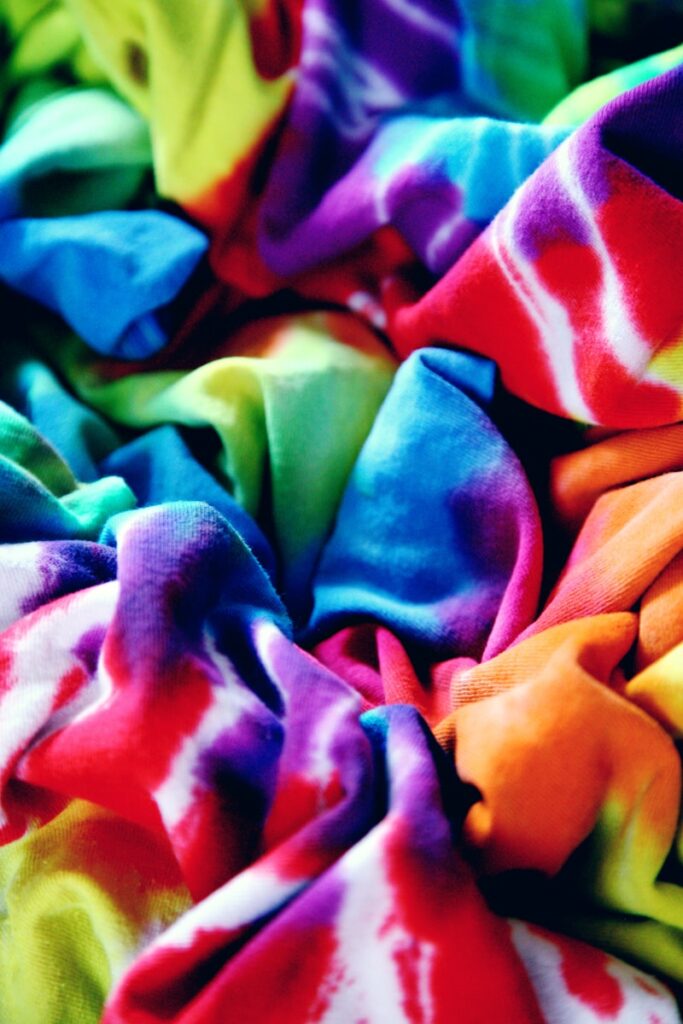
Photo by Alexander Grey on Unsplash
DTF Transfers: The Modern Edge
DTF transfers represent a revolutionary approach to custom apparel decoration. Unlike traditional methods that require expensive equipment and large minimum orders, DTF transfers offer professional results with minimal investment and maximum flexibility.
You can easily purchase or buy DTF transfers and supplies directly from the Limitless Transfers site, making it convenient to get started with your custom projects.
What are DTF Transfers?
DTF (Direct to Film) transfers are printed designs that transfer onto fabric using heat and pressure. The process involves printing your design onto a special film using water-based inks, then applying a hot-melt adhesive powder. When heated, this powder melts and bonds the design permanently to the fabric.
The technology offers several advantages over traditional screen printing:
- No minimum order quantities
- Full-color printing with fine detail
- Works on any fabric type
- No setup fees or screens required
- Quick turnaround times
Why Choose DTF Transfers?
DTF transfers deliver exceptional durability and vibrant colors that withstand repeated washing. The prints maintain their soft hand feel, making them comfortable to wear while providing the professional appearance customers expect.
For business owners, DTF transfers offer scalability without the overhead of traditional printing methods. You can order exactly what you need, when you need it, making it perfect for testing new designs or filling custom orders.
Applying DTF Transfers: A Quick Guide
What You’ll Need:
- Heat press machine (15″x15″ recommended)
- DTF transfer
- Pre-pressed garment
- Teflon sheet or parchment paper
- Timer
Step-by-Step Instructions:
Pre-press the garment at 320°F for 10 seconds to remove moisture and wrinkles. This step ensures optimal adhesion and prevents steam bubbles that can affect print quality.
Position the transfer with the design facing up on the garment. Use a ruler or guidelines to ensure perfect placement—this is your only chance to get it right.
Apply heat and pressure at 320°F for 15 seconds with firm, even pressure. The heat activates the adhesive while the pressure ensures complete contact between the transfer and fabric.
Hot peel technique: Remove the film immediately while the transfer is still hot. This creates a softer hand feel and better adhesion than cold peeling.
DTF vs. Other Transfer Methods
DTF transfers outperform vinyl transfers in durability and color options. Unlike vinyl, which can crack or peel over time, DTF creates a permanent bond that moves with the fabric. The color gamut is virtually unlimited, allowing for photographic prints and complex gradients impossible with vinyl.
Compared to screen printing, DTF offers greater flexibility without sacrificing quality. While screen printing excels for large runs of simple designs, DTF handles complex artwork and small quantities with equal efficiency.
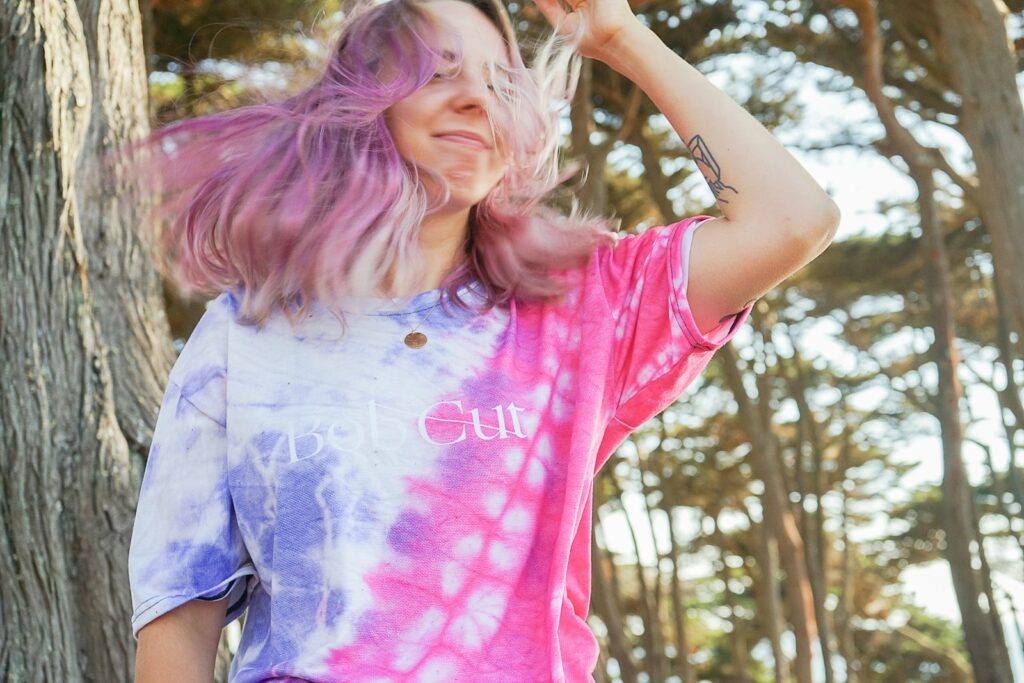
Photo by Cut Collective on Unsplash
Combining Tie-Dye and DTF Transfers
The combination of tie-dye backgrounds with DTF transfer accents creates a beautiful collection of tie dye shirts that customers love. This curated collection features unique shirts that often become customers‘ favorite pieces and receive awesome compliments for their vibrant colors and artistic patterns. This hybrid approach allows you to offer customers something genuinely different from mass-produced alternatives, making your collection stand out and earning positive feedback and compliments from satisfied buyers.
Creative Combinations
Consider these design approaches:
- Tie-dye shirt with a bold logo DTF transfer
- Subtle tie-dye background with detailed DTF artwork
- Tie-dye sleeves with DTF designs on the front and back
- Geometric DTF patterns complementing organic tie-dye swirls
Step-by-Step Integration
Always complete the tie-dye process first, including washing and drying. The shirt must be completely clean and dry before applying DTF transfers. Any residual dye or moisture can interfere with transfer adhesion.
Choose DTF designs that complement rather than compete with your tie-dye pattern. High-contrast combinations work well—try white or black DTF transfers on colorful tie-dye backgrounds, or metallic transfers for added luxury appeal.
Position your DTF transfer carefully, considering how it interacts with the tie-dye pattern. Sometimes placing the transfer off-center or at an angle creates more visual interest than centered placement.
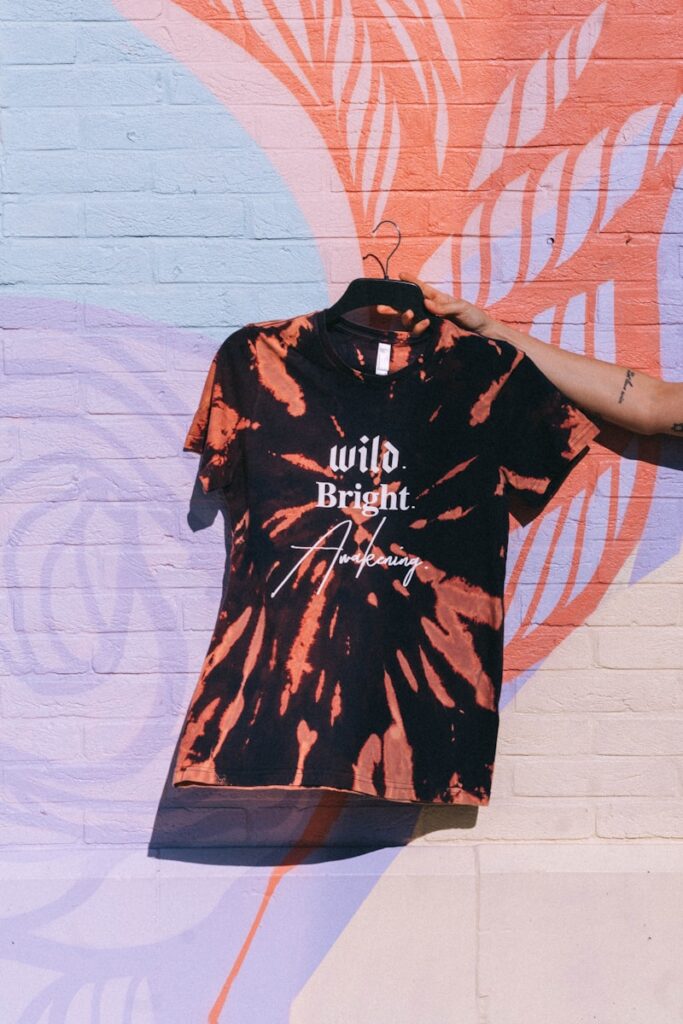
Photo by Toa Heftiba on Unsplash
Maximizing Your Business with Limitless Transfers
As the 2024 and 2025 DTF printing quality award winner, Limitless Transfers provides the reliability and quality your business needs to succeed. Many business owners have found Limitless Transfers to be a reliable partner for their apparel needs. Their hot peel DTF transfers deliver superior results with every application.
Why Limitless Transfers?
No Minimums or Setup Fees: Order exactly what you need without committing to large quantities. This flexibility is crucial for small businesses and custom orders.
Free Shipping on Orders Over $50: This threshold is easy to reach and significantly reduces your per-unit costs.
Same-Day Shipping: Orders placed by noon EST ship the same day, ensuring quick turnaround for urgent projects.
Universal Compatibility: Their transfers work on any fabric, from cotton and polyester to blends and specialty materials.
Accurate Colors: Advanced CMYK+W printing technology with researched ICC profiles ensures your designs match your vision.
How to Use Limitless Transfers
Gang Sheet Builder: Upload individual PNG files and let the system create an optimized gang sheet for maximum efficiency.
Ready-to-Print Files: Submit your own gang sheet as a PDF for the best pricing when you have design experience.
Individual Transfers: Order by size for straightforward projects with simple pricing.
The ordering process is streamlined for efficiency. Upload your designs, select your preferences, and receive professional-grade transfers delivered to your door.
Customer Success Stories
Small business owners consistently praise Limitless Transfers for their reliability and quality. Many report that the combination of competitive pricing, fast shipping, and excellent customer service has allowed them to grow their businesses significantly.
One Etsy seller noted that switching to Limitless Transfers reduced their production time by 60% while improving print quality, allowing them to take on more custom orders and increase profits.
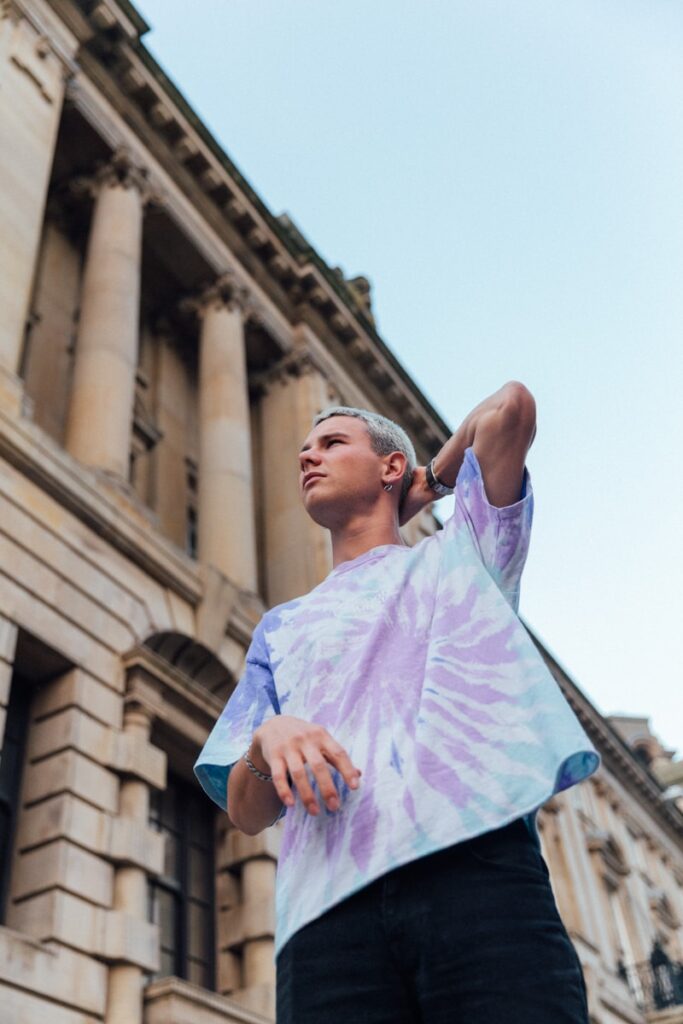
Photo by Michael Shannon on Unsplash
Common Mistakes and How to Avoid Them
Learning from common pitfalls saves time, money, and frustration. Don’t forget essential steps or supplies, as overlooking them can lead to common mistakes. Here are the most frequent mistakes and how to avoid them.
Tie-Dye Mistakes
Skipping the soda ash treatment: This is the most common mistake beginners make. Without soda ash, colors appear dull and wash out quickly. Always pre-treat natural fabrics with soda ash solution.
Incorrect dye mixing: Using too much or too little water affects color intensity and coverage. Follow package directions precisely and test on fabric scraps when possible.
Rushing the rinse process: Inadequate rinsing leaves excess dye that continues to bleed in future washes. Rinse until water runs completely clear, even if it takes 15-20 minutes.
Using the wrong fabric: Synthetic fabrics don’t absorb fiber reactive dyes well. Stick to natural fibers like cotton, silk, or rayon for best results.
DTF Transfer Mistakes
Incorrect temperature settings: Too low and the transfer won’t adhere properly; too high and you risk scorching the fabric or transfer. Always use a calibrated heat press and follow temperature guidelines.
Insufficient pressure: Uneven or insufficient pressure creates patchy adhesion. Ensure your heat press applies consistent pressure across the entire design area.
Wrong peel timing: Cold peeling can damage the transfer or leave residue. Hot peeling when done correctly creates better adhesion and hand feel.
Poor garment preparation: Moisture, wrinkles, or lint interfere with transfer adhesion. Always pre-press garments and ensure they’re completely clean and dry.
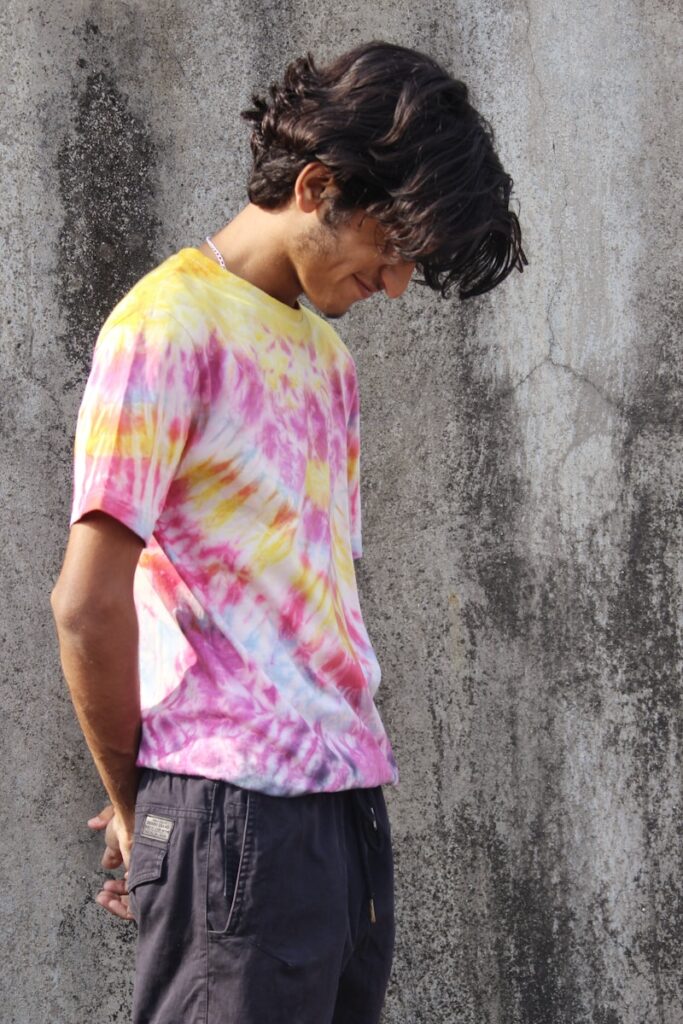
Photo by Mahesh Verma on Unsplash
Building Your Profitable Apparel Business
Success in the custom apparel industry requires more than just technical skills. You need to understand your market, price your products appropriately, and deliver consistent quality that keeps customers coming back.
Pricing Strategy
Factor in all costs when pricing your products: materials, labor, overhead, and profit margin. Tie-dye shirts with DTF transfers can command premium prices due to their unique nature and custom appeal.
Consider offering different price points:
- Basic tie-dye shirts for budget-conscious customers
- Premium tie-dye with DTF accents for higher-end buyers
- Fully custom designs for special occasions or corporate clients
Quality Control
Establish consistent processes for every step of production. Document your procedures and maintain quality standards that differentiate your products from mass-produced alternatives.
Test wash new designs to ensure colorfastness and durability. A single poor-quality product can damage your reputation and cost more in returns and lost customers than the initial savings.
Marketing Your Unique Products
Emphasize the handmade, custom nature of your products. Customers pay premium prices for items they perceive as unique and personal. Share your process on social media and highlight the craftsmanship that goes into each piece. Post clear pictures of your tie dye shirts and DTF transfers to showcase your work and attract customers to your site.
Consider seasonal opportunities: tie-dye remains popular for summer festivals, while DTF transfers allow you to create holiday-themed designs year-round.

Photo by Daniel Salgado on Unsplash
Take Your Custom Apparel Business to the Next Level
The combination of traditional tie-dye artistry and modern DTF transfer technology creates unlimited possibilities for creative entrepreneurs. Whether you’re starting a new business or expanding existing offerings, this approach provides the flexibility and quality customers demand.
Success requires quality materials, proper technique, and reliable suppliers. Limitless Transfers offers the DTF printing quality and service that growing businesses need, with no minimums, fast shipping, and award-winning results.
Ready to transform your apparel business? Shop DTF Transfers Now and discover how easy it is to create professional-quality custom apparel that stands out in today’s competitive market.
Learn More About Tie-Dye
Whether you’re new to tie-dye or looking to level up your skills, these resources offer tutorials, techniques, and the history behind the art of tie-dye:
- How to Tie-Dye: A Step-by-Step Guide – A beginner-friendly guide that walks you through supplies, folding techniques, and dyeing tips.
- Tie-Dye Techniques: 10 Patterns to Try – Explore spiral, crumple, bullseye, and more advanced tie-dye methods with visuals.
- The History of Tie-Dye – Learn about the global origins and cultural significance of tie-dye through the ages.
- DIY Tie-Dye with Natural Dyes – Eco-friendly options for creating tie-dye using ingredients like turmeric and berries.
- How to Set Tie-Dye So It Won’t Fade – Tips to keep your tie-dye vibrant after washing.
- Tie-Dye Safety Tips and Cleanup – Best practices for protecting your workspace, skin, and the environment.
- Creative Tie-Dye Projects – Get inspired by these fun tie-dye projects beyond t-shirts—like bags, curtains, and sneakers.
- The Science Behind Tie-Dye – A look at the chemistry that makes tie-dye work, great for curious minds and educators.


